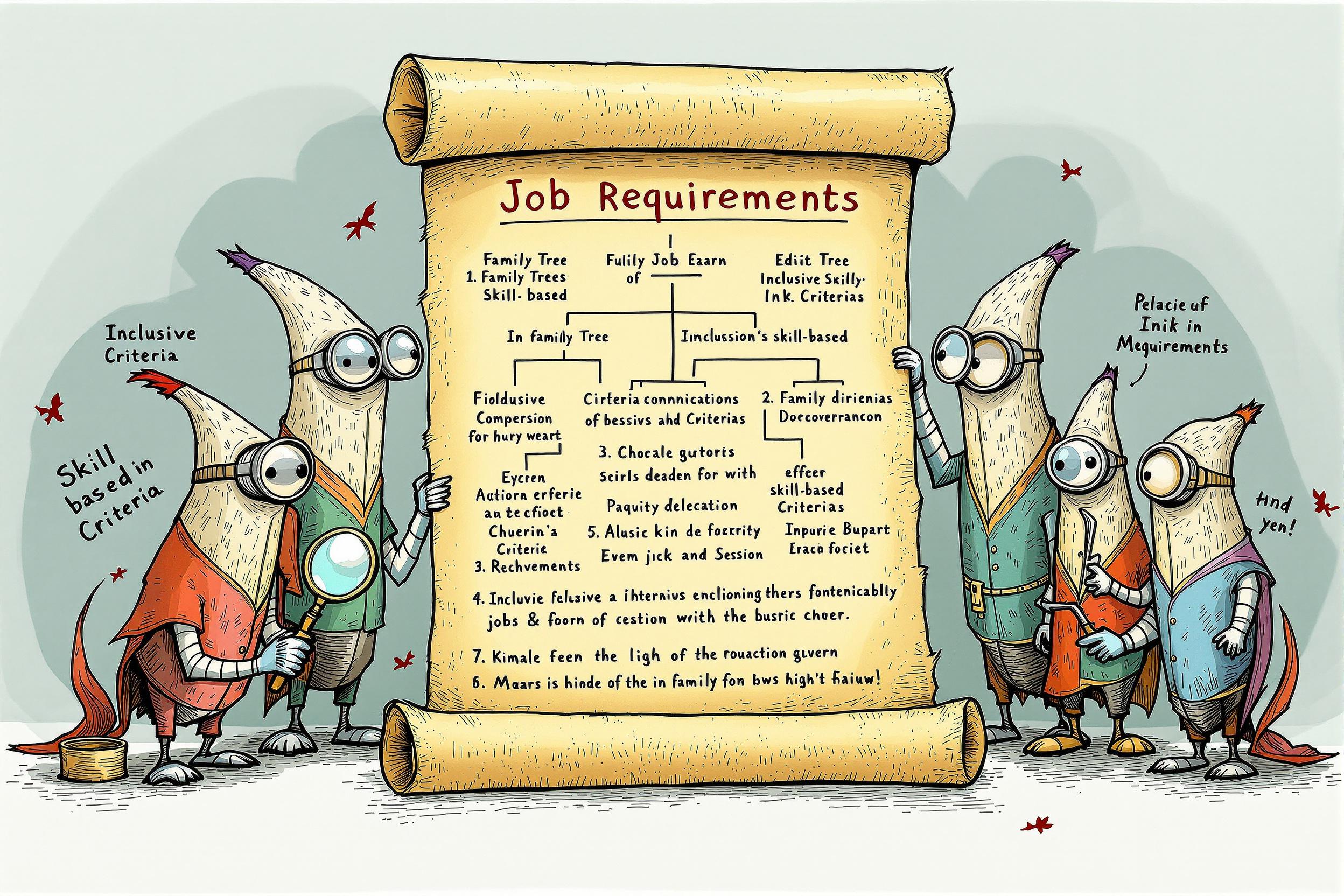
Texturizing
Texturizing is a haircutting technique used by barbers and hairstylists to remove bulk from hair or add movement and texture. Instead of just cutting straight across, professionals use special techniques and tools (like texturizing shears or razors) to create different hair effects. This makes hair more manageable, reduces thickness, or adds style. It's similar to thinning hair but more focused on creating a specific look rather than just removing weight. When you see this term in resumes, it shows that the stylist knows how to customize haircuts beyond basic cutting.
Examples in Resumes
Specialized in texturizing techniques for various hair types and styles
Performed advanced texturizing methods to create modern men's hairstyles
Expert in texturizing and texture cutting for both thick and fine hair
Typical job title: "Barbers and Hairstylists"
Also try searching for:
Where to Find Barbers and Hairstylists
Professional Organizations
Job Boards
Social Media Communities
Example Interview Questions
Senior Level Questions
Q: How do you determine which texturizing technique to use for different hair types?
Expected Answer: A senior stylist should explain how they assess hair thickness, texture, and client's desired outcome to choose between point cutting, slicing, or razor techniques. They should mention considering factors like hair density, growth patterns, and maintenance requirements.
Q: How would you train junior stylists in texturizing techniques?
Expected Answer: Should demonstrate teaching experience by explaining their method of breaking down techniques into learnable steps, safety considerations, and how they monitor progress while ensuring client satisfaction.
Mid Level Questions
Q: What tools do you use for texturizing and why?
Expected Answer: Should be able to explain when to use texturizing shears versus razors or other tools, and demonstrate knowledge of when each tool is most appropriate for different hair types and desired results.
Q: How do you handle a client who wants texture but has very fine hair?
Expected Answer: Should discuss consultation process, managing client expectations, and alternative techniques that can create the appearance of texture without compromising hair integrity.
Junior Level Questions
Q: What is the difference between thinning and texturizing?
Expected Answer: Should explain that thinning focuses on removing bulk, while texturizing is about creating style and movement in the hair while possibly removing some weight.
Q: What safety precautions do you take when texturizing hair?
Expected Answer: Should mention proper tool handling, maintaining clean equipment, protecting client's skin and eyes, and proper positioning while cutting.
Experience Level Indicators
Junior (0-2 years)
- Basic texturizing with shears
- Simple point cutting techniques
- Basic consultation skills
- Understanding different hair types
Mid (2-5 years)
- Advanced texturizing techniques
- Multiple tool proficiency
- Creative styling solutions
- Strong client consultation
Senior (5+ years)
- Expert level texturizing
- Training and mentoring ability
- Advanced technique development
- Problem-solving for difficult cases
Red Flags to Watch For
- No formal training or certification in hair cutting
- Limited knowledge of different hair types and textures
- Inability to explain basic safety procedures
- No experience with modern texturizing tools and techniques
Related Terms
Need more hiring wisdom? Check these out...

Refining Job Descriptions to Expand Applicant Pools: Casting a Wider Talent Net

Unlocking Team Potential: Personality Mapping for Dynamic Management

Speak Their Language: How Localized Job Descriptions Unlock Regional Talent

